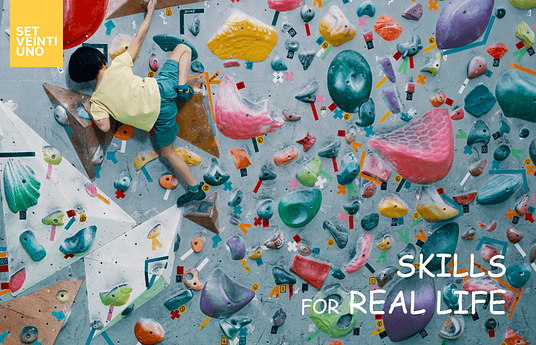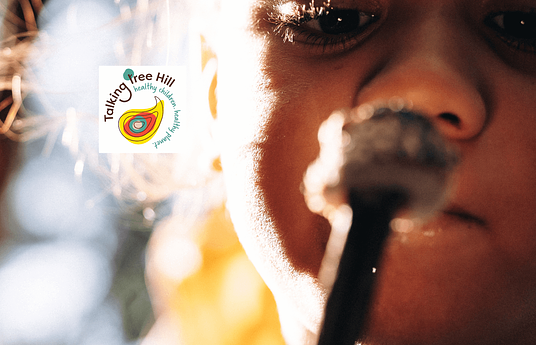The students of Philippe Kobel, a physics teacher at the Gymnase du Bugnon in Lausanne, learn, experiment and work using Go-Lab applications and videos. Their feedback speaks volumes: Go-Lab is visual, easy to grasp, and you can work independently. This student- centered model also allows students to move at theirown pace of learning and feel successful.
About six years ago, Philippe Kobel contacted Prof. Denis Gillet from EPFL, who was developing applications for the European Go-Lab platform. Kobel was initially doubtful as to whether online and interactive possibilities would be moreuseful than thetraditional methods. Over the years, the physicist explored the possibilities of Go-Lab in depth and was even appointed national ambassador for the award- winning learning platform in 2017.
Compared to traditional teaching,where the students try to keep up with the paceset by the class and teacher, which is often unsuccessful, they consider the Go-Lab form "more dynamic and less sleep-inducing". "It stimulated our critical thinking. We discussed a lot in groups because we didn’t always agree on what the solution should be,"student Kevin recallsof a Go-Lab lesson. This is similar toPhilippe Kobel’s idea and experience: "If you want the students to learn something and understand concepts, they must be able to participate in the lessons. Go-Lab gives them this opportunity."


